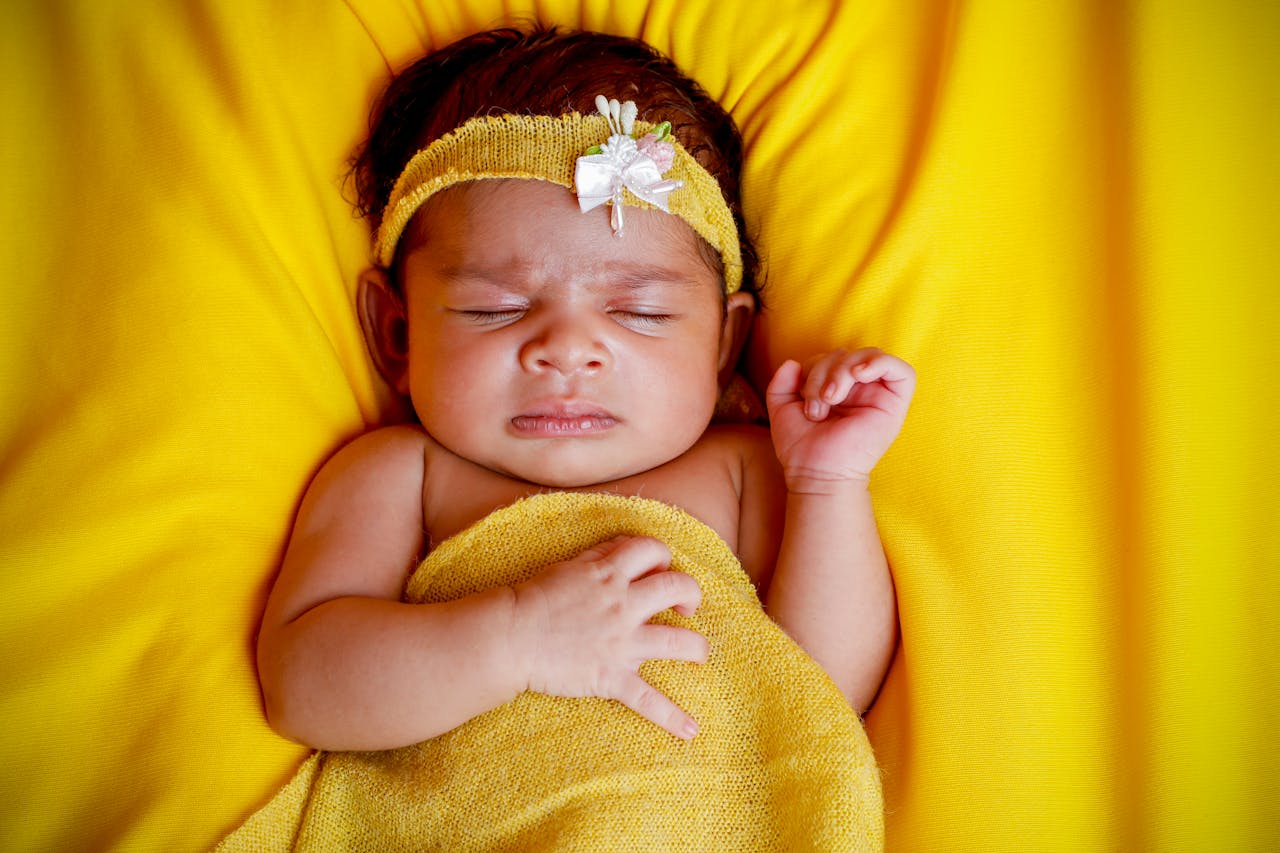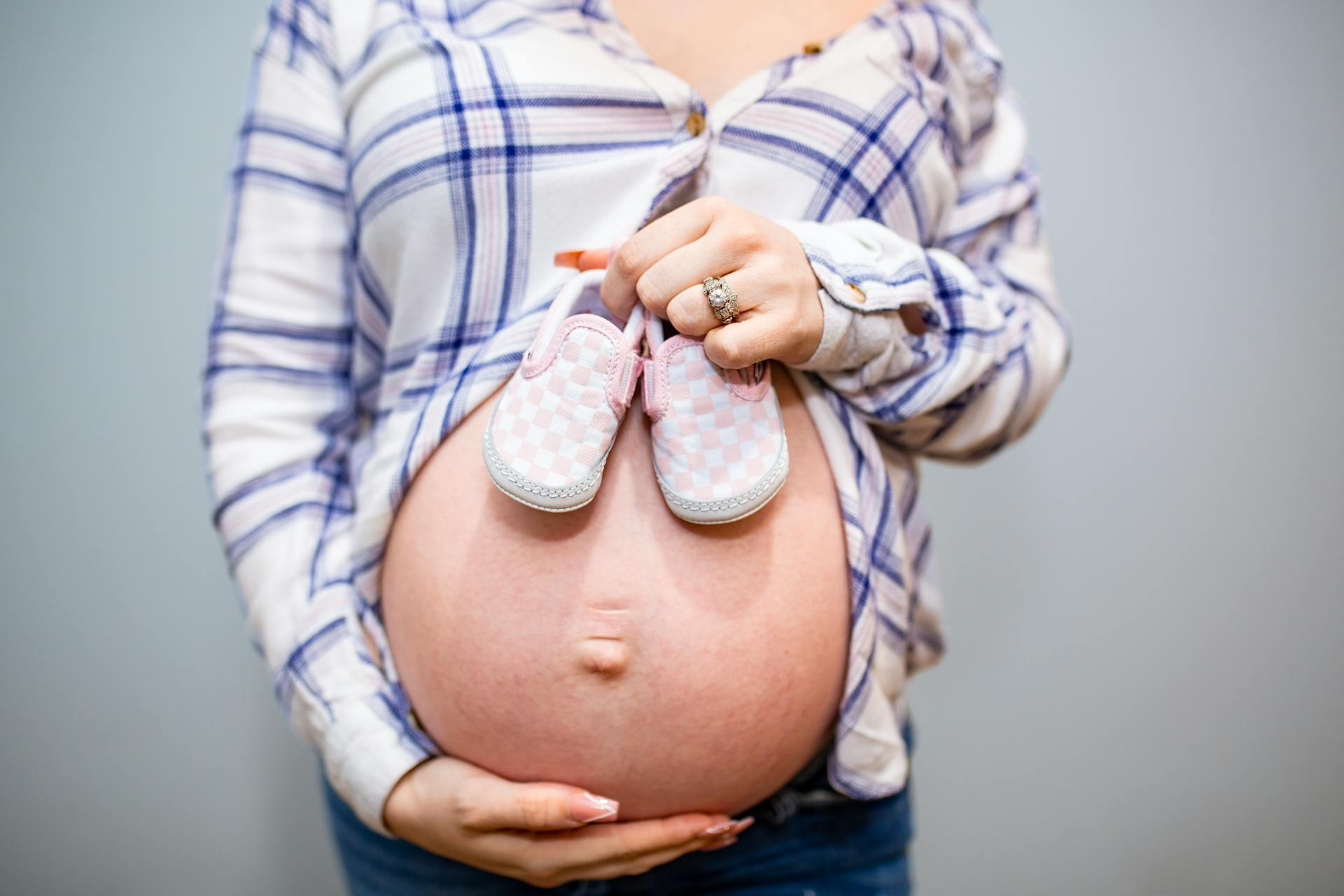Bringing a newborn into the world is a joyous experience, but it can also be filled with concerns and questions, especially when it comes to your baby’s health. One common condition that affects many infants in their first week of life is jaundice in newborn. Understanding the signs, causes, and when to seek help can make a big difference in your baby’s early care.
What Is Jaundice in Newborn?
Jaundice is a yellowing of the skin and the whites of the eyes caused by a high level of bilirubin in a baby’s blood. Bilirubin is a yellow pigment that forms when red blood cells break down. In newborns, the liver may not be mature enough to remove bilirubin efficiently, leading to a temporary buildup.
While jaundice in newborn is common and often harmless, it’s important for parents to know how to recognize its signs and understand when it may require medical attention.
Common Signs of Jaundice in Newborn
Recognizing the signs early can help ensure proper care. Here are the most typical signs:
1. Yellow Skin
The most obvious sign of jaundice in newborns is a yellow tint to the skin. This usually starts on the face and moves down to the chest, stomach, arms, and legs as bilirubin levels increase.
2. Yellowing of the Eyes
Another key sign is the yellowing of the whites of your baby’s eyes. This symptom can appear before or along with the yellowing of the skin.
3. Poor Feeding
Babies with higher bilirubin levels may be sleepier than normal or feed poorly. This can make it harder for them to flush bilirubin from their systems naturally through bowel movements.
4. Lethargy or Excessive Sleepiness
While newborns do sleep a lot, excessive sleepiness or difficulty waking the baby to feed can be a sign of jaundice or another issue.
5. Dark Urine
Newborn urine is typically colorless. If your baby’s urine appears dark yellow or brown, it could indicate elevated bilirubin levels.
6. Pale or Light-Colored Stools
Healthy newborn stools are usually yellow or mustard-colored. Pale or white stools can be a sign that the liver isn’t processing bilirubin properly.
What Causes Jaundice in Newborns?
Jaundice in newborns can result from several causes:
1. Physiological Jaundice
This is the most common type, affecting about 60% of newborns. It usually appears 2 to 4 days after birth and goes away on its own within 2 weeks.
2. Breastfeeding Jaundice
This occurs in breastfed babies when they’re not feeding well or getting enough breast milk. It typically shows up in the first week of life.
3. Breast Milk Jaundice
This type appears after the first week and may last several weeks. It’s believed to be caused by substances in the breast milk that interfere with bilirubin processing.
4. Blood Type Incompatibility
If the mother and baby have incompatible blood types, the baby may receive antibodies through the placenta that destroy red blood cells, leading to jaundice.
5. Prematurity
Premature babies have underdeveloped livers and are more likely to develop jaundice that requires monitoring.
6. Infections or Other Conditions
In rare cases, jaundice can be a sign of an infection, liver disease, or an enzyme deficiency.
How Is Jaundice Diagnosed?
Doctors typically diagnose jaundice based on a physical examination and by checking bilirubin levels in the blood. Methods include:
- Visual assessment under natural light
- Skin test using a device called a bilirubinometer
- Blood test for more accurate bilirubin measurements
If jaundice is detected, your doctor will determine whether treatment is necessary based on the bilirubin level, the baby’s age, and overall health.
Treatment Options for Jaundice in Newborns
Many cases of jaundice resolve without medical intervention. However, some babies may need treatment to prevent complications.
1. Phototherapy
The most common treatment is phototherapy, where the baby is placed under a special blue light that breaks down bilirubin in the skin.
2. Increased Feeding
Feeding your baby frequently (8-12 times per day) helps to move bilirubin through the baby’s system via stool and urine.
3. Intravenous Immunoglobulin (IVIG)
If jaundice is caused by blood type incompatibility, IVIG can help reduce antibody levels.
4. Exchange Transfusion
In rare and severe cases, the baby’s blood may be replaced with donor blood to quickly reduce bilirubin levels.
When to Call a Doctor
Call your pediatrician if you notice any of the following:
- Yellowing spreads to the arms and legs
- Your baby is difficult to wake
- Feeding problems persist
- Signs appear before 24 hours old
- Jaundice lasts longer than 2 weeks
Can Jaundice Be Prevented?
While not always preventable, you can reduce the risk of severe jaundice:
- Ensure early and frequent feeding (especially breastfeeding)
- Watch for early signs during the first week
- Schedule timely follow-up appointments with your pediatrician
Complications of Untreated Jaundice
When untreated, severe jaundice can lead to kernicterus, a rare but serious type of brain damage caused by high levels of bilirubin. Symptoms include:
- Arching of the back and neck
- High-pitched crying
- Seizures
- Permanent neurological damage
This is why early detection and management are essential.
Final Thoughts
Jaundice in newborns is common and usually harmless when monitored properly. Being informed about the signs and staying proactive in care can help your baby stay healthy and avoid complications. If you ever have concerns about jaundice in your newborn, don’t hesitate to reach out to a healthcare professional.
By staying attentive, informed, and engaged in your baby’s early days, you’re setting the stage for a healthy and happy start to life.
















